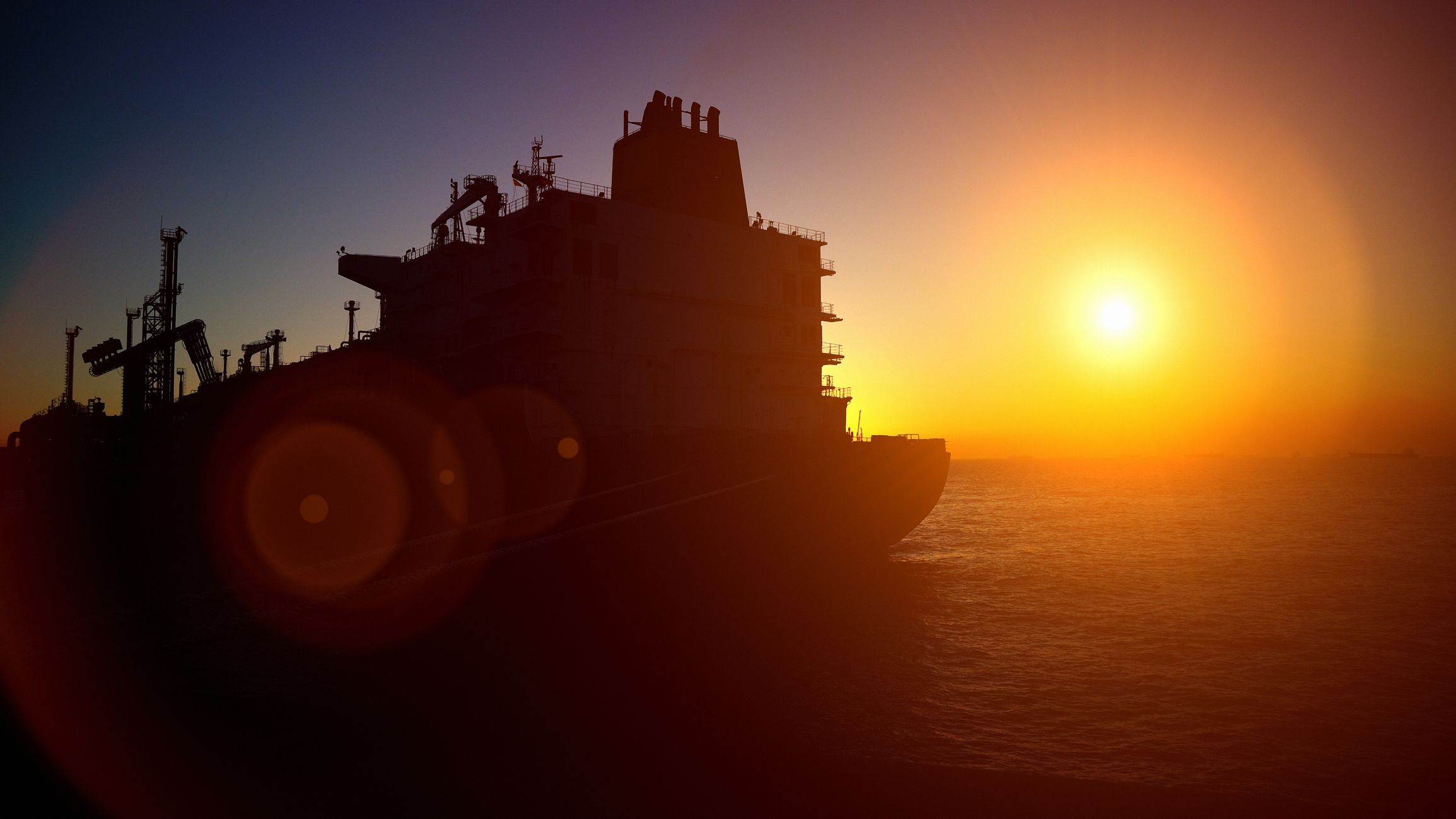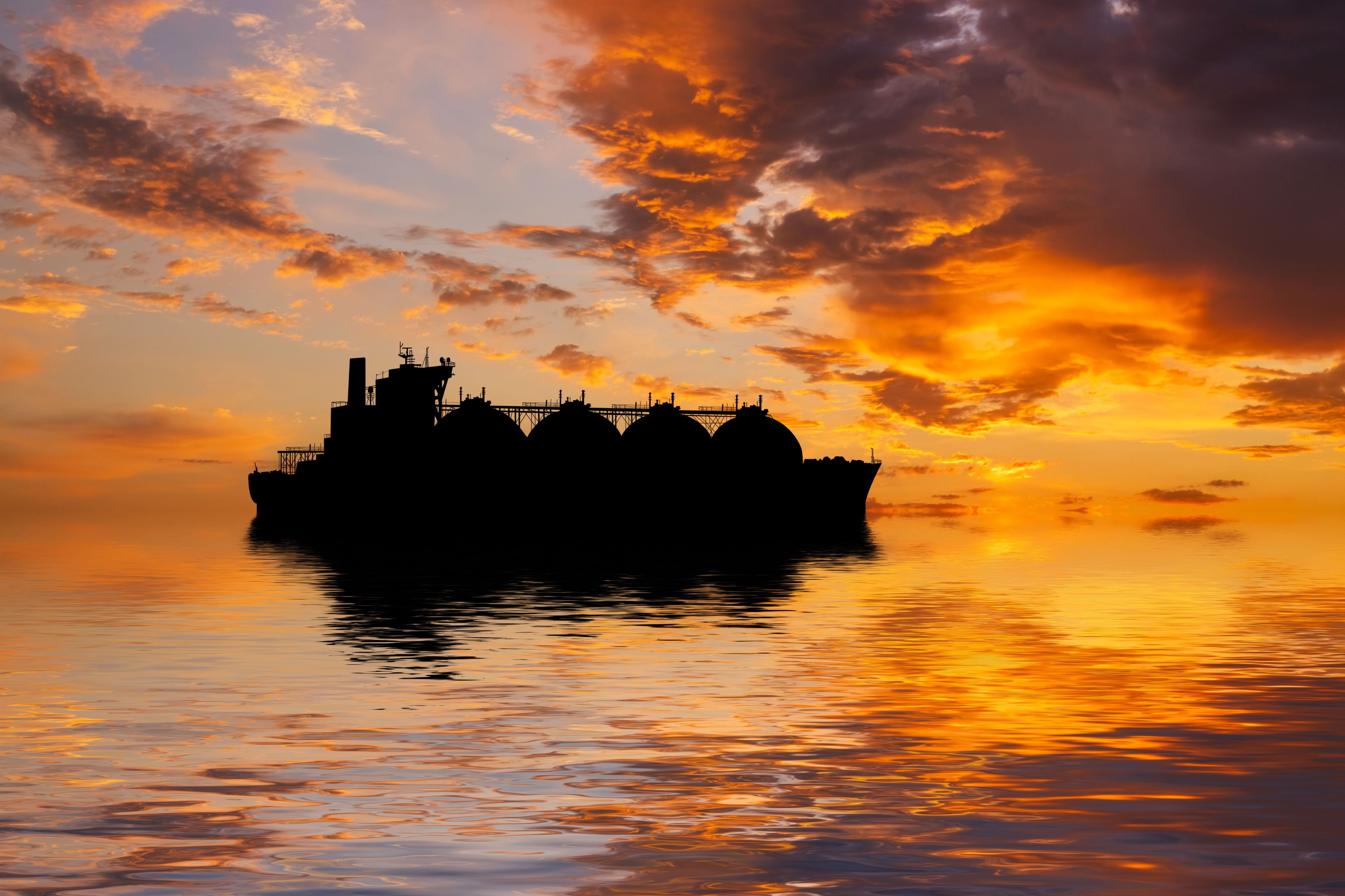As shipowners, operators and their customers face a period of unprecedented fuel uncertainty, I believe that as in many walks of life, history holds important lessons. Here, I would like to explain why the evolution of LNG as a marine fuel should provide us with valuable guidance. Unless we understand these lessons, I believe that the shipping industry and, indeed, the global marine fuel supply chain, will pay a heavy price.
Which brings me neatly to the first point: pricing.
Around 2015, in the early days of developing LNG as a marine fuel, energy companies, bunker suppliers, and gas traders were enthusiastically promoting the benefits of LNG propulsion as an alternative to shipping’s traditional dirty residuals. Owners and operators listened carefully.
But shipping’s asset owners pointed out that without a forward commitment on pricing, they could not afford the risk of switching to a new fuel. Certainly, many believed in the merits of LNG as a fuel. But in a business case, investing in an asset designed to run on a fuel without a price known in advance was out of the question.
So what happened? As LNG developed as a marine fuel, suppliers continued to hold off committing to an LNG price. In fact, they only offered guidelines on pricing towards the very end of the development stage. And then it was only a few major ones. Smaller players insisted on contracting prices on a spot basis.
Fundamental economics
In economic terms, a new fuel enters an uncompetitive market at the outset. It is not widely available and its price bears no relation to the cost of its development. It is priced at what the market will bear. So, for the sake of argument, let’s say that there’s no ammonia available on the North African coast. An owner looking for bunkers would week other sources of supply around the Mediterranean region.
This could incur deviation, off-hire, extra fuel burn, and so on. Then, at the point of supply, he has no choice. The fuel price will be dictated by a completely imperfect market and the bunker supplier can name its price.
So the first lesson, I suggest, is that owners considering an investment in an asset designed to use one of the new fuels should closely examine its likely supply chain and, if possible, take a position in it. A current example is that of Maersk forging strategic partnerships with six green methanol suppliers – CIMS, ENRIC, European Energy, Green Technology Bank, Ørsted, Proman, and WasteFuel.
Another example is that of emerging biomethane capability and the current attempts to penetrate the shipping markets and green LNG as fuel blends. Many of these companies seek tangible joint ventures and capital from ship operators and future off takers of bio-LNG produced.
It’s a question of risk and the cost of capital. You can’t build a green methanol plant without offtake agreements. And those agreements have to be based on a pricing mechanism that works both for supplier and customer. Otherwise, the price of the fuel will be based on the cost of high-risk equity and expensive margins.

Good, bad, and ugly
Now, for the second lesson. Here I turn to the 2020 sulphur cap and how shipowners reacted to the new regulation. It was, in my opinion, the ideal opportunity for operators to turn to LNG as a marine fuel. It was cheap, it was the cleanest hydrocarbon containing negligible sulphur, and bunkering arrangements were available in a growing number of locations.
If in this play, LNG possessed all the attributes of the ‘good’ option while very low sulphur fuel oil resembled more to the ‘bad’ one; scrubbers would inevitably come up as the ‘ugly’ option. Ugly in the sense of baring compliance but with a number of concerns around its holistic environmental footprint. Owners though, who installed a scrubber could continue to use dirty fuels and operate at a very satisfactory return on investment.
Similarly, today we have the prospect of carbon pricing and carbon, capture, storage (CCS) technology. Once again, owners and operators may choose to adopt CCS as a means of limiting fuel risk: they can continue to use dirty fuels without any supply chain worries and, even with the CCS installation, their fuel bills are likely to remain low. Others insist it will improve the case for the adoption of alternative fuels. But I do not see why this should be the case because of the next lesson.
Owners and operators may choose to adopt CCS as a means of limiting fuel risk: they can continue to use dirty fuels without any supply chain worries and, even with the CCS installation, their fuel bills are likely to remain low.
Diversity
Now to the final lesson. I would like to use a hypothetical question. What would have happened if an owner had decided to choose LNG as a marine fuel across his or her entire fleet at the end of the last decade? From April 2021, LNG prices rose steadily over the year, climbing by more than 130% between then and October. Then, following the Russian invasion of Ukraine in February 2022, prices more than doubled by August before falling sharply over the last six weeks of the year.
Over these two periods, an owner with LNG-fuelled ships would have been seriously affected. Although LNG, as the cleanest hydrocarbon fuel, might seem a prudent choice, it is definitely not a panacea. The underlying reasons for these dramatic LNG price fluctuations are unusual, but they are not unique. The need to green coal plants by co-firing or a global food crisis, for example, could divert large volumes of ammonia into the energy or fertiliser production respectively, rather than the manufacture of fuel for ships.
In summary, I suggest that it is most unlikely that owners will put all of their eggs in one fuel basket. But in view of the time taken so far for LNG fuel supply development, I also believe that a very carefully devised and diversified fuel strategy may be the safest and most prudent strategy.









